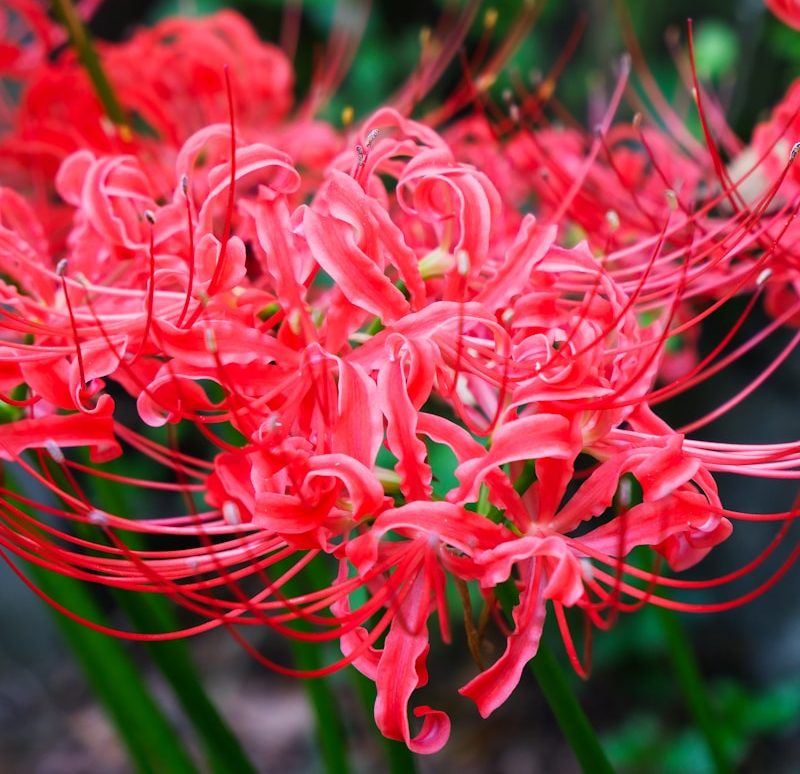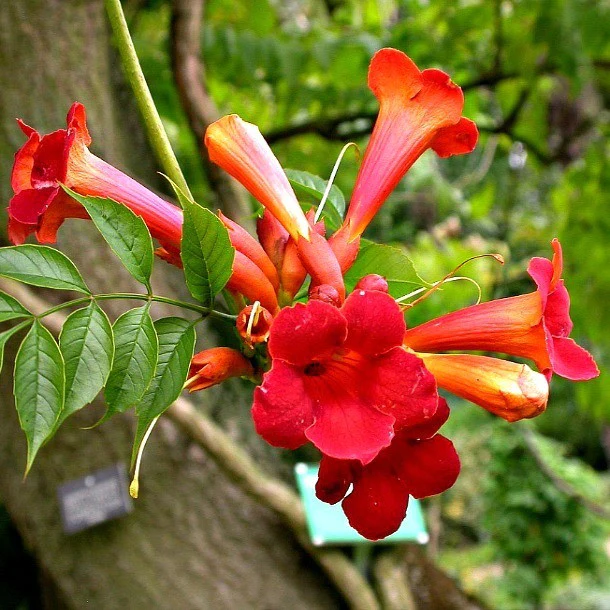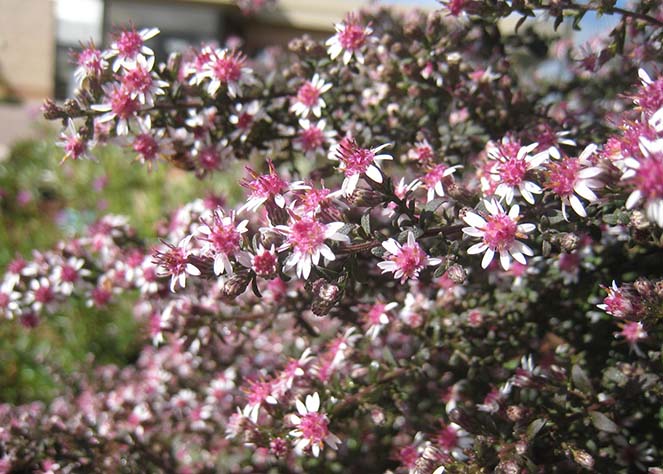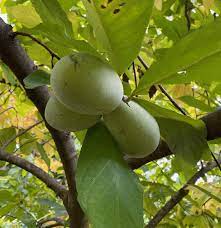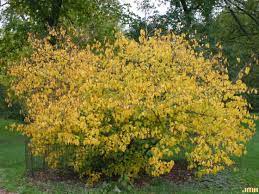Sounds like a medicine doesn’t it? It’s actually a beautiful flower that also goes by the name Pinksterbloom Azalea or Pinxterbloom Azalea depending on who you ask. It has certain amounts of poison which make it toxic to some animals. However it is a quite resilient plant that benefits the local pollinators
The name is simply because Latin is fun. Latin is a dead language and comes back from the dead to haunt us. The name Rhododendron just means Rose-Tree and Periclymenoides means ‘resembling a species of honeysuckle’. Meaning that it’s a type of Rose-tree and scientists just decided instead of giving it a brand new name, just looks like honeysuckle, wrote it in Latin, and called it a day.
The Pinxter Azalea is unfortunately harmful to most pets. It has a toxin called Grayantoxin. Cats, dogs, horses, and even humans can be poisoned by eating this flower. The poison is able to cause vomiting, weakness, and cardiac arrest in humans. So it is recommended you don’t have this plant near pets and young children.
The Pinxter Azalea does have its positives though! It’s great for pollinators, it’s easy to care for and tolerant to environmental issues. The pollinators that it attracts includes bees, butterflies, and hummingbirds. It’s low maintenance with a tolerance for heat, drought, and soil compaction.
But in the end it all comes down to whether you think it’s safe to have them and if you think they look good enough to plant. But if you don’t have pets or children who could possibly get hurt I recommend planting them. It’s good to have native plant species, especially ones that are good for pollinators, even if the name sounds like something you’d see on a pill bottle.
RELATED STORIES:
Rhododendron Periclymenoides (Pinxterbloom Azalea, Pinxter Flower, Wild Azalea) | North Carolina Extension Gardener Plant Toolbox
Rhododendron periclymenoides Pinxter flower

